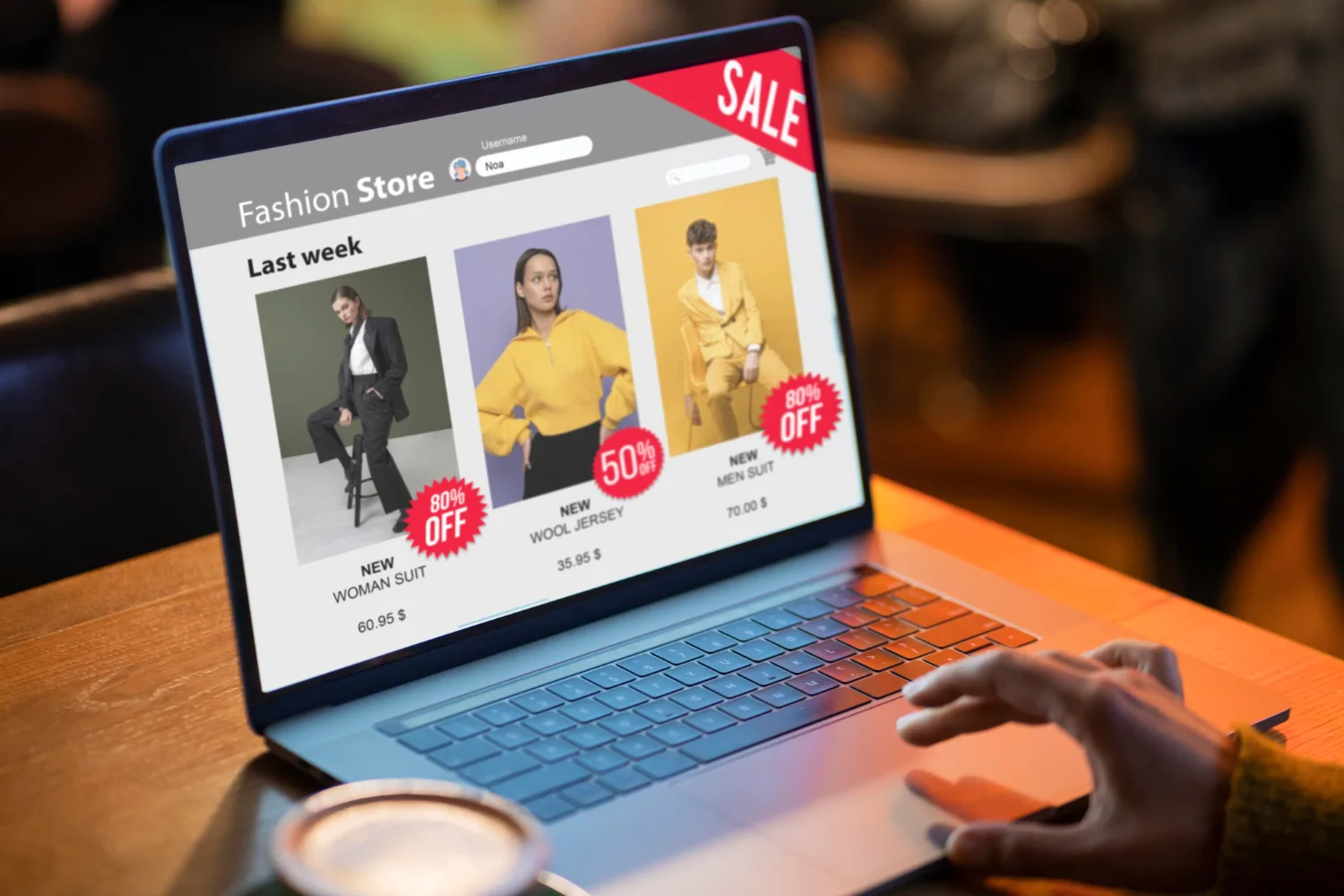It has become imperative for any enterprises that wish to build effective e-commerce website to ensure that they have functional, good, and easy to navigate sites in the fast-growing environment of the Fourth Generation World Wide Web or Web 2. 0. As the consumers are turning more towards online shopping, we see that e-commerce design is more cut throat and less easy. In this article, you will learn some basic e-commerce website design recommendations that can be helpful in enhancing the overall site usability, boosting the number of conversions as well as differentiating your business from other competitors.
Prioritize User-Centered Design (UCD)
Among the central issues to consider while planning a web based business site referencing the client’s necessities and wants is fundamental. A client focused plan (UCD) approach, implies planning your site to oblige the necessities of your objective clients. This is because of the comprehension of the client’s way of behaving and expected interface which would empower one to plan and foster the site such that the objective clients will see as simple to explore.
Key Points for UCD:
- Make sure that there are good structures for the users to be able to find what they are looking for with ease.
- Be sure not to complicate any matter and avoid the use of complex terms that may be out of the understanding of the common man.
- Before choosing a design for the website, ensure the website layout is developed with a view of adapting to different screens of a Smartphone, tablet or a desktop.
- Referring to the Examples from Other Sites, make the checkout as easy as possible to have fewer abandoned carts.
Maintain a sleek interface:
So, it is said that ‘less is more’ especially when it comes to designing e-commerce platforms. To make things worse, the cluttered website makes the users run away from it as they get overwhelmed with the content displayed on the site. In its place, build simple designs with an emphasis on your products as well as the navigation paths customers will follow. Clear and clean interface makes the focus on content which means goods and services offered by this or that online store.
Design Tips for Minimalism:
- White space should also be applied in a tactical manner with the objective of achieving a clean and simple design.
- Do not use too many fonts, colors or images because these will confuse the user.
- To these aspects, enhancing product photos is optimal, while the rest of site graphics should be minimized.
Focus on Mobile Optimization
In today’s world of mobile shopping, it is necessary for every e-commerce website online to be more friendly to mobile devices. There are facts suggesting that more than half of consumers buy things online using their handheld devices, thus it is crucial to make your e-commerce design responsive. Not only does a well optimized mobile site enhance the pleasure of the user, but it also increases your search engine ranking.
Mobile Optimization Strategies:
- See to it that they are clearly clickable when seen with small screens which are likely to be used.
- Make it easily navigable and have the design that fits with all the different sizes of the screen.
- Use image editing to reduce size and loading time issues that may affect the mobile usability.
- You should always make sure that your mobile checkout is fast and simple for them.
Set your layout to be adaptable to as many screen sizes as possible.
This is the playground of e-commerce design since your product pages are where all the action takes place. Brochures need to be colorful and full of relevant details to enable the consumers to be equipped with adequate information for consumption. Prominent images, comprehensive description of products, and online customer reviews scale up the reliability and assurance of the site to the buyers compelling them to go through with the purchase.
Product Page Design Tips:
- Utilize multiple images to provide the multiple views of a product.
- Include zoom in features so that the user is able to see the details of the Planning and Zoning Map.
- Produce concise and informative product descriptions and ensure that you highlight some of the benefits that come with the product.
- Include customer feedback and star ratings to break down any skepticism among the potential consumers.
Simplify the Checkout Process
It should be noted that many users withdraw from the purchasing process in a website due to the convoluted checkout process that is common in most e-commerce sites. In a bid to minimize the number of abandonments, and improve your conversion rates, you should make your check out process as streamlined as is possible. The process of checking out should also not be frustrating to users so a simple process is ideal for the users.
Tips for an Optimized Checkout Process:
- Make sure the client needs to go through as few stages as possible to make a purchase.
- Another option refers to offering the guest checkout in order to eliminate some barriers in front of first time buyers.
- Accept many payment methods including, credit cards, PayPal, Google wallet, apple pay and other forms of online payments.
- It is recommended that shipping costs and delivery time expectations are made easily visible at the initial stage of a consumer’s purchase journey.
Make the Most of Strong CTA Buttons
The design of e-commerce depends on the CTA buttons to force users towards the final purchase. Having a correct and visible CTA button may increase conversion and add more to a site’s conversions.
CTA Design Tips:
- When it comes to the call to action buttons, make sure the colors differ a lot with the rest of the website.
- Make the text below the CTA brief, provocative, and to the point like “Buy Now” “Add to Cart”.
- Make sure to use provocative CTA buttons at different areas of the site with a special focus on product pages and checkout processes.
- Make sure that your CTAs are mobile friendly and responsive so that people find themselves easily clicking on them.
Ensure Fast Loading Speeds
Time taken to access your e-commerce website design determines the success of your e-business website. This is bad news for businesses, as a slow loading website makes users and customers impatient and they will move to other sites. It is found that a single second of delay and time taken to load a site can decrease the conversion rates by 7%. The speed of the website should be very important since customers do not like it when they are being made to wait for long.
Tips for Speed Optimization:
- Reduce size of pictures and other big files this helps in reducing the time taken to open the page.
- Browser caching and content delivery networks (CDNs) ought to be employed.
- Reduce the number of scripts and plugins that take a lot of time to load the website.
- It is important to identify any problems that appear with the website and correct them as needed on a routine basis.
Establish Credibility of Security by Making Them Easily Apparent
This means that protection is a major concern to the shoppers particularly when inputting sensitive type of information such as payment credentials. It’s why when designing an e-commerce site, it is important to integrate visible security features so as to reassure customers and make them complete their transactions.
Security Features to Include:
- Show SSL certificates and utilize HTTPS in order to create secure connections in the process of trading.
- Use seals of approval from the payment processor like Visa, mastercard or PayPal seals like mastercard secure’ or ‘PayPal secure’.
- Writing clear privacy policies and terms of services would go a long way in providing reassurance to the users.
- Offer customer support choices which include use of live chats or help centers in case of issues arising.
Conclusion
In other words, an e-commerce site does not only need to be created following principles of design and usability as well as being technically optimized and carrying out specific elements that are intended to prompt a purchase. It is crucial to apply those tips to have the idea of the best e-commerce website usable, attractive and fully effective in terms of turning users into customers.
And do not confuse e-commerce design with a one-time project as it is a process that should be constantly iterated and improved to be a step ahead of the competitors. In fact, these tips will come in handy for any level of growth, from fixing a new site to enhancing an already existing one to make it easier to shop for users and create more growth for the business.




